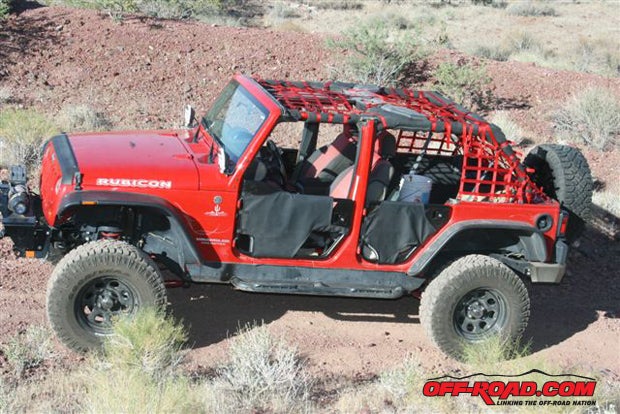
“No matter how big your Jeep is; no matter how much stuff you can pack into it; you’ll always want more. It’s a fact of life: If you can fit the kitchen sink in, you’ll want the bathroom sink, too! Let’s face it, we like our comfort!” That’s how I started the roof rack article last month, and then, after getting back from our “test” camping trip, I decided it would be more fun, more exciting, and we could see more if we left the Jeep’s doors and hardtop at home!
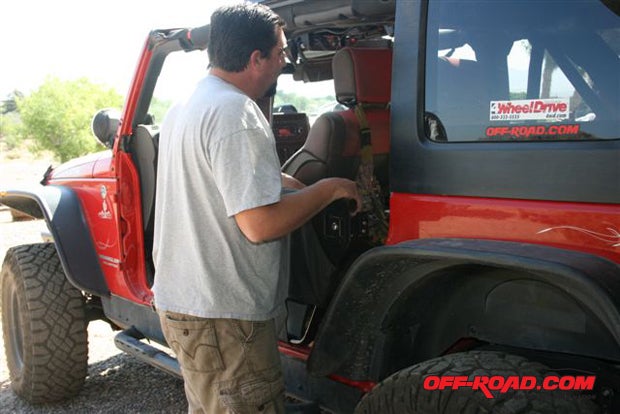
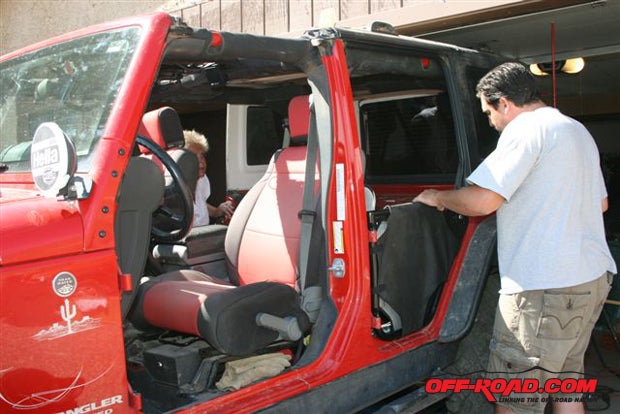
Luckily, I measured the Jeep’s height at all four corners before popping the top and pulling the doors. After measuring again after it was lidless (that’s what my grandkids call a topless Jeep) and doorless, I was pleasantly surprised to learn that I’d gained an average of slightly better than one inch around the four fenders. I’ve been telling everyone it’s “Bestop’s easy lift.”
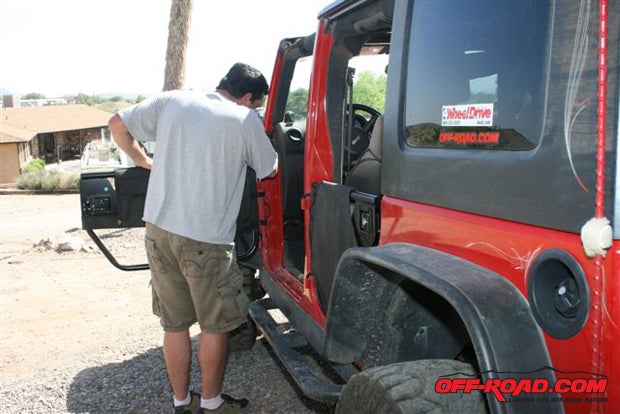
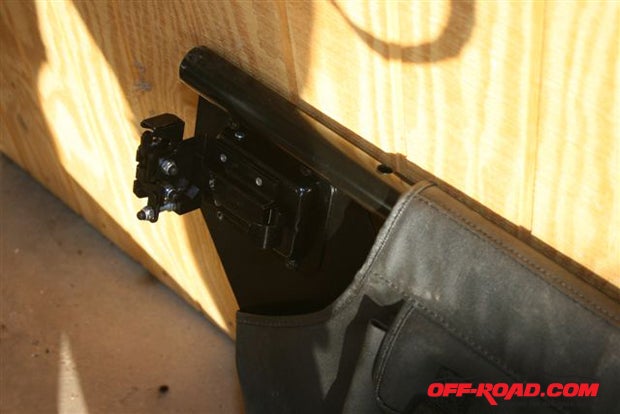
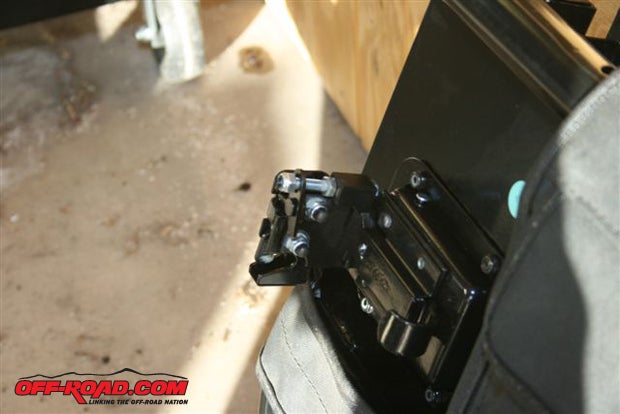
Obviously, an Unlimited without the weight of power windows in the doors, or a two-door, would not rise as much because of the lighter weight, but it would still sit higher on its suspension.
And you could just leave the top and doors off to take advantage of added clearance, but you wouldn’t have the security that Bestop’s Element Doors provide. The doors keep pets, groceries, and miscellaneous off-road gear inside the Jeep—and Bestop now includes locks on the doors. Although there are keys galore in the kit, all the locks on my four doors used the same key.
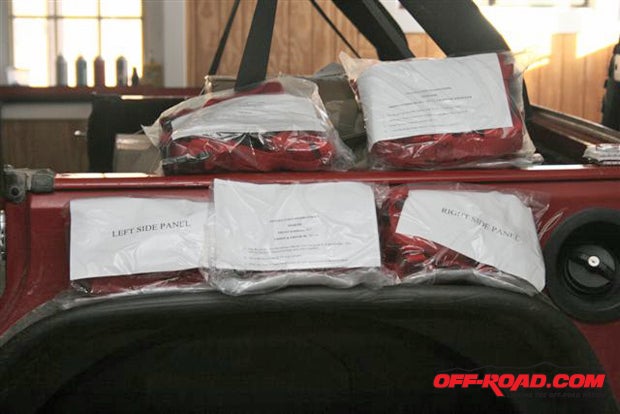
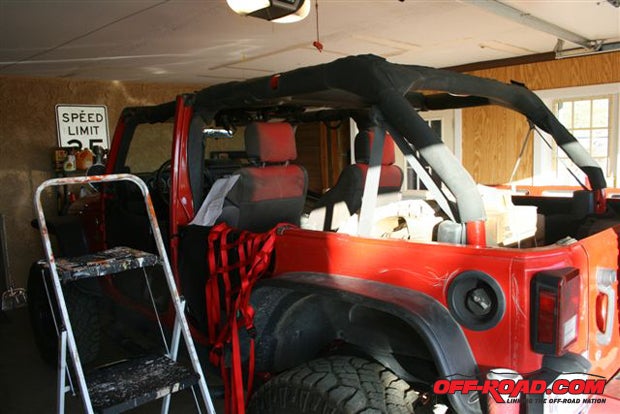
In addition to the security provided by the Element Doors, the optional storage bags, which are padded in the armrest area for added comfort, provide three pockets (front doors) and a netted compartment that is perfect for flashlights, gloves, etc. Of the three pockets on the front doors, they are all secured by flaps with Velcro. One large pocket and two smaller equal-size pockets (that are ideal for water bottles) provide storage for a multitude of items. On the smaller rear doors, you’ll find two pockets—one slightly larger than the other—and a netted compartment.
Although they don’t seal like the OEM hard doors, the Element Doors work with either the soft top or hardtop, if you include the optional upper windows. If you also include the optional enclosures (Bestop’s title—I call them door skins), the doors seal off the interior slightly better.
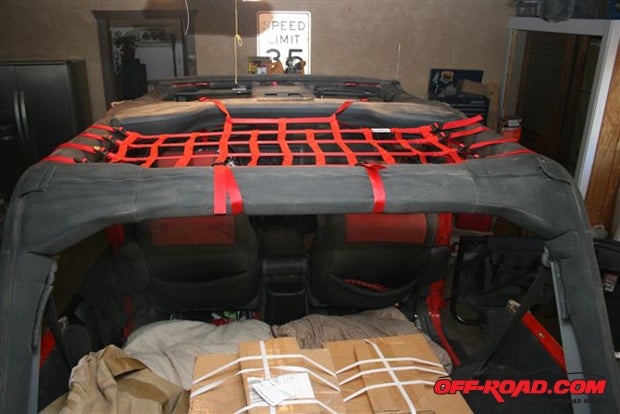
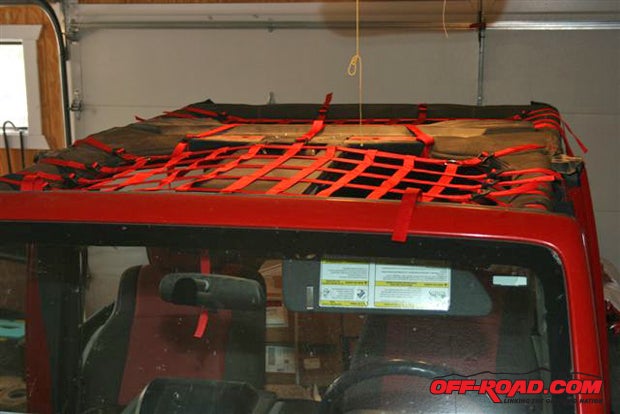
Since two of us are prepping our JK Rubicon Unlimited Jeeps for the Rubicon Trail (and we both have similar concerns about space—we’re doing the trail in both directions, so we’ll be camping two or three nights and we will need the extra room for supplies), we’re prepping the Jeeps with very similar equipment and gear (as you can see in the photos). Hence the cargo nets from Aspen Manufacturing.
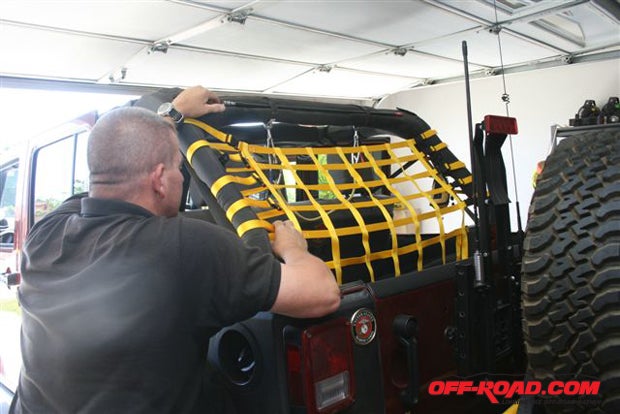
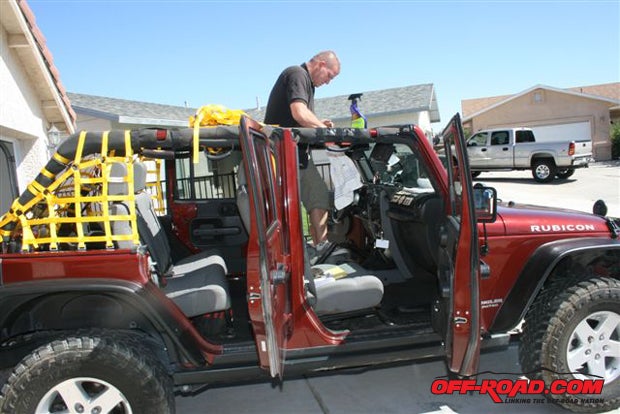
The cargo nets provide us with security and shade, and we think they just look really cool. Assembled from military-grade nylon straps and thread, the American-made cargo nets allow us to pack gear into the Jeep tightly without fear of losing something along the highway or trail, but because of their strength, they also allow us to carry rooftop cargo bags. Each overhead net is said to support up to 50 pounds of gear, and if we also utilize the Jeep’s sound bar and rear roll bar, we can exceed that weight limitation.
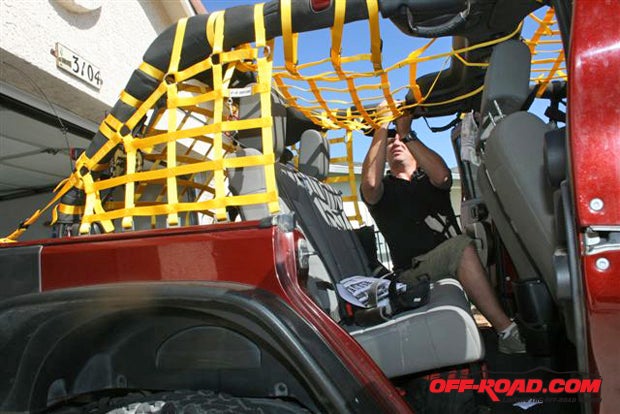
As you can see in the photos, I choose red to match my Jeep’s color, and Robert Foster (a three-time Iraq vet and an in-flight EMT here in Arizona) chose the contrasting color of yellow. The cargo nets are available in eight colors, you can match your Jeep’s color, or contrast it, or mix and match. See Aspen’s website for styles and colors.
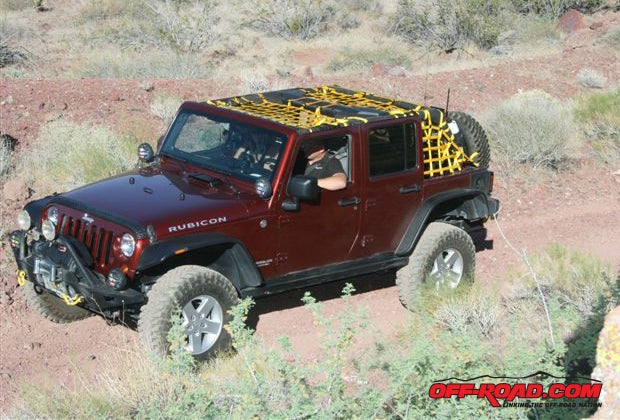
Author’s note: To be safe, do not exceed approximately 50 pounds of baggage on each of the JK’s overhead cargo nets. In addition, we’re only going to pack soft goods up there.
Sources:
Bestop
http://www.bestop.com/
Aspen Manufacturing
http://www.jeepcargonet.com/


 Your Privacy Choices
Your Privacy Choices